Divan-i Hafiz دیوان حافظ (The collected works of Hafiz) c.1600-10
Manuscript written on decorated papers in black and coloured inks. Borders of tinted, marbled and stencilled papers. Painted illustration and decoration in opaque watercolour and metallic paints. | 30.7 x 19.2 cm (book measurement (conservation)) | RCIN 1005017
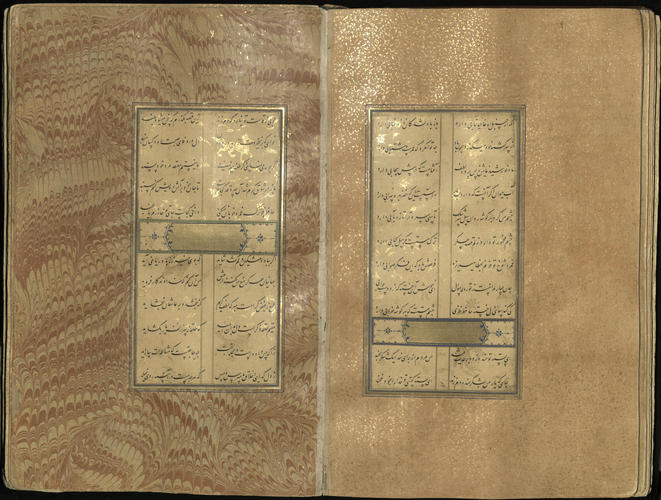
Hafiz (1315-1390)
1005017 (050-51).jpg c.1600-10
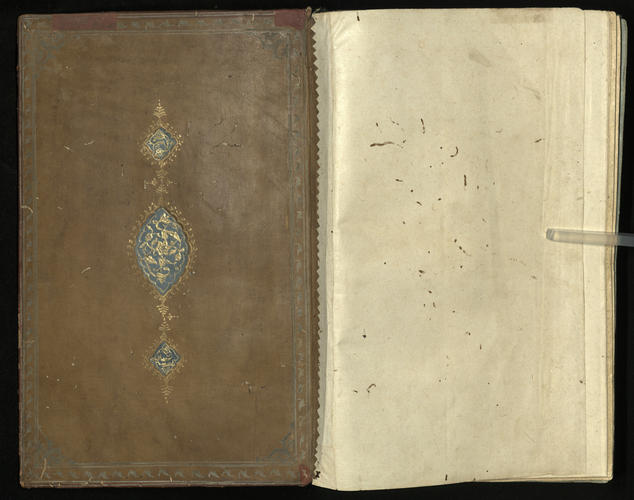
Hafiz (1315-1390)
1005017 (197 .back flyleaf v -inside back cover).jpg c.1600-10
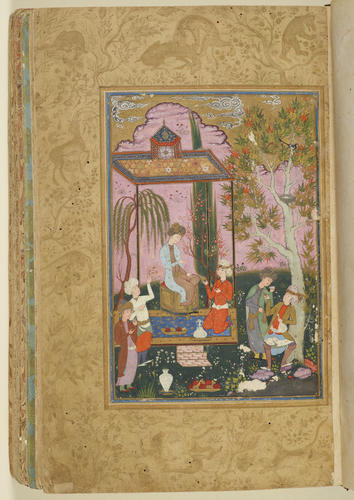
Hafiz (1315-1390)
Divan-i Hafiz c.1600-10
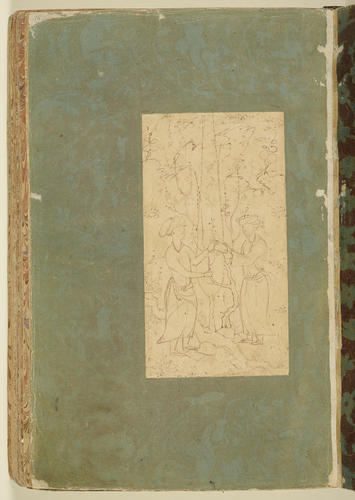
Hafiz (1315-1390)
Divan-i Hafiz c.1600-10
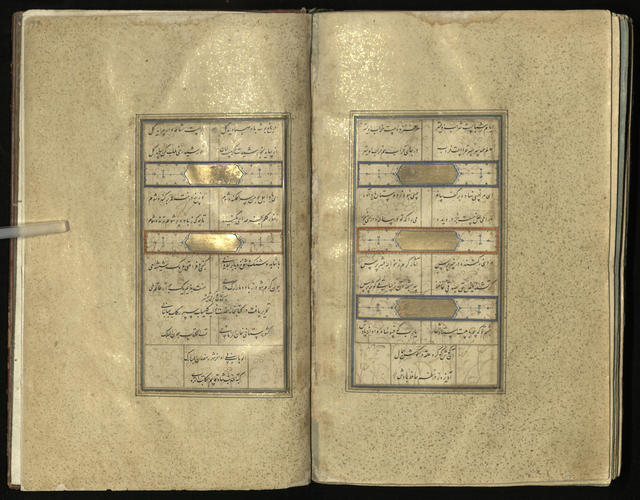
Hafiz (1315-1390)
1005017 (196-197).jpg c.1600-10

Hafiz (1315-1390)
1005017 (197 .back flyleaf i.jpg c.1600-10
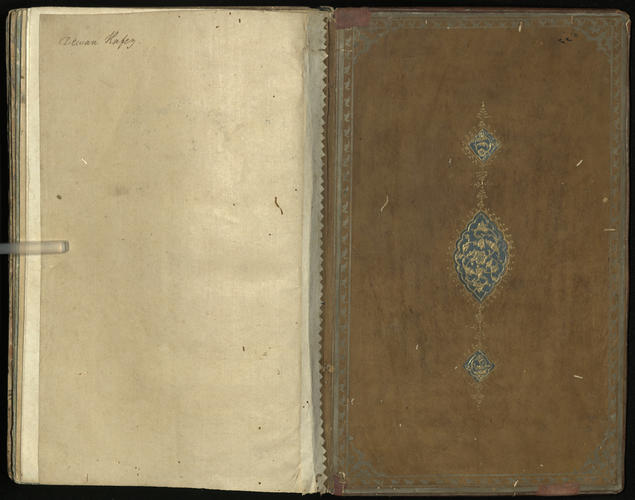
Hafiz (1315-1390)
1005017 (..front inside cover - flyleaf i).jpg c.1600-10
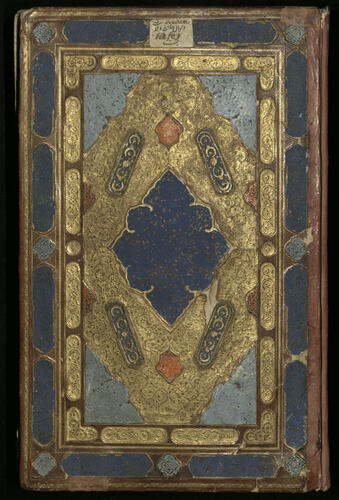
Hafiz (1315-1390)
1005017 (..front cover).jpg c.1600-10

Hafiz (1315-1390)
1005017 (.flyleaf i - flyleaf ii).jpg c.1600-10

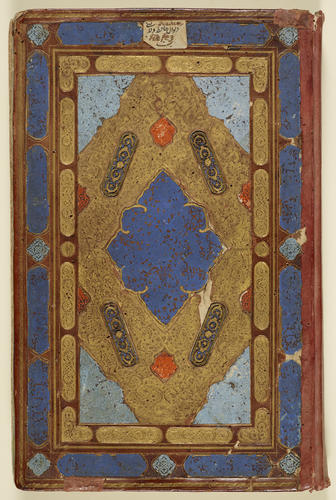

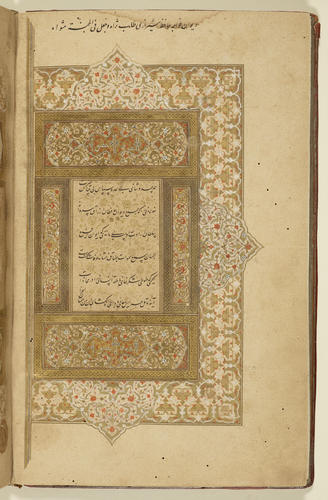

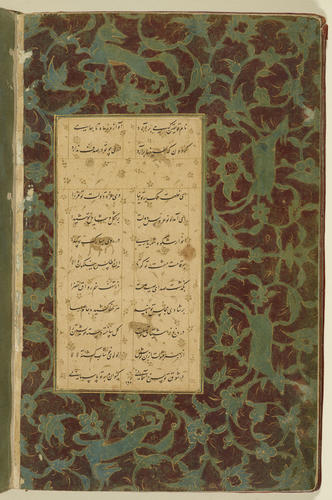


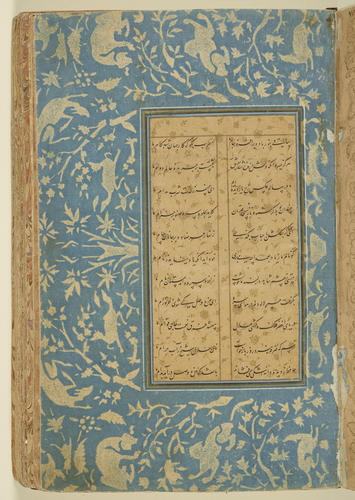
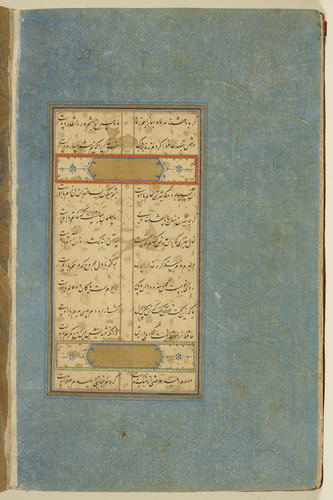

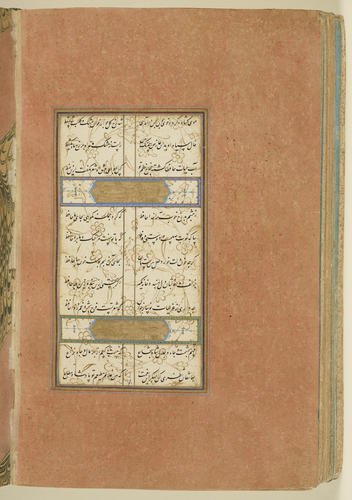
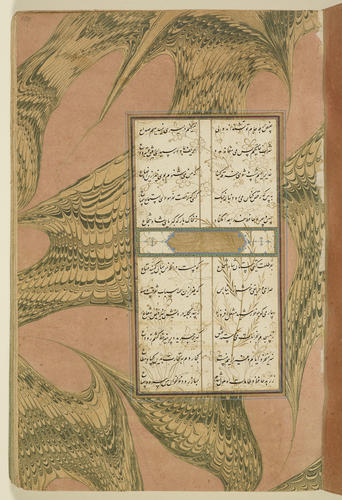

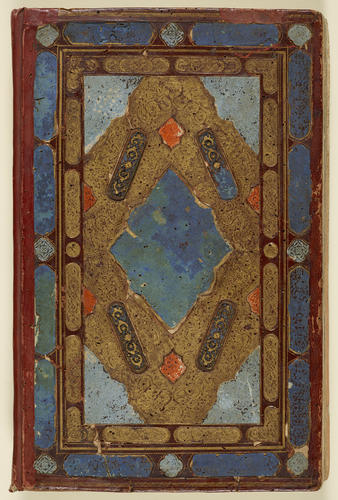




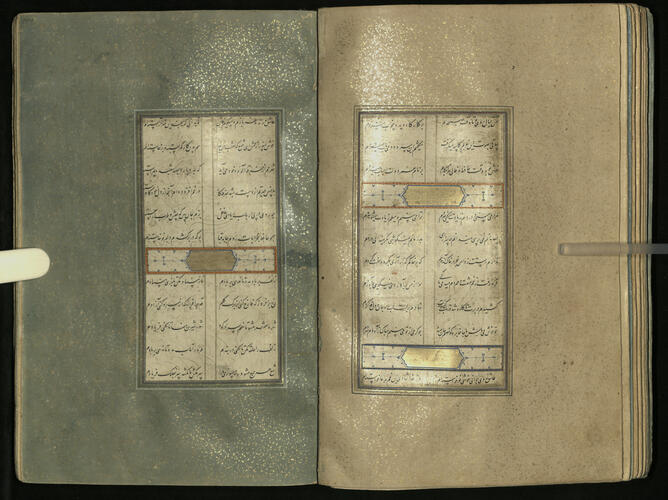

-
An illuminated manuscript of the collected works of Hafiz copied by the calligrapher Shah Qasim for Husayn Khan Shamlu, Governor of Herat, c. 1600.
Hafiz is the best-known Persian classical poet, most famous for his ghazals (short lyric poems) on the themes of love. Like sonnets, these were intended to be sung or at least recited with heavy intonation. The main subject of Hafiz’s poems is love, primarily the unrequited love of a young male as a metaphor for the path to divine love. Reflections on morality, hypocrisy and the transience of life appear throughout his Divan, often expressed through a celebration of wine and intoxication.
The first 15 folios of this manuscript contain an editorial preface by Muhammad Gulandam, a friend of the poet and the first collator and editor of his works, written soon after the Hafiz’s death. He praises Hafiz’s genius and compassion and refers to the poet’s international celebrity during his lifetime.
According to the colophon, the calligrapher Shah Qasim Haravi produced this manuscript in the library of Husayn Khan Shamlu who served as Governor of Herat from 1598–1618 during the reign of his cousin, Shah Abbas. His patronage is also associated with the so-called Read Persian Album (a large portion of which is in the Pierpont Morgan Library, New York) and another album which was dispersed before 1940, formerly in the Jean Pozzi Collection.
The text is written on paper which is lightly flecked with gold and decorated with floral and animal designs in gold paint. These pages are inserted into wider borders of dyed and decorated papers, each page a contrasting colour to that facing it. The most striking papers are those decorated with a marbling technique. Marbling was a specialist technique of paper makers in Herat in the 15th and 16th centuries named as such for its resemblance to veined marble. To create the patterns, mineral pigments were floated on thickened size and the liquid swirled or combed before the sheets of paper were laid down on the surface.
There are some anomalies within the first 24 folios: the frontispiece (ff. 2v-3r) is only outlined and partly coloured and some pages with stencilled borders (ff.8-13; 22-4) have no rulings.
The first page (f.1r) contains an illustration of a majlis, c.1600: a young prince enthroned in garden pavilion is served a cup of wine by his saqi (cup bearer) with four other youths, all in Safavid dress. Behind them, against a pink rocky background, are a weeping willow, a cypress, rosebush and chinar tree – all metaphors for love and longing in Persian poetry. This appears to be after BL J.28, 11. See Basil Robinson, Persian Painting in the India Office Library, 1976 (cat. no. 201, pl.iv).
Following the preface (f. 16r) is a line drawing depicting an older man giving a younger man a letter.
The main text begins on f.16v with an illuminated heading and there are illuminated panels between the poems throughout the volume.
The bindings are of tan morocco with gilt stamped decoration, later painted in blue and orange (likely in the late 18th century). The inner covers comprise paper painted brown with blue medallions and gold painted decoration.Seals and inscriptions on f.2r suggest that the manuscript was in India from at least the mid-18th century, first at the Mughal imperial court and later in the collection of the Awadhi royal library at Lucknow. From there it was presented to Lord Teignmouth, Governor-General of India, who sent it with 5 other volumes as gifts to George III. In a memo to the King dated June 1799, Teignmouth described the text and advised where he could find translations: ‘Poems of Hafiz, a most famous Persian Poet; several of which have been translated by William Jones, Richardson & others’.
Provenance
Formerly in the Royal Library at Lucknow. Presented by Saadat Ali Khan to George III via Lord Teignmouth, Governor-General of India, in 1798.
-
Creator(s)
(author)(copyist)Acquirer(s)
-
Medium and techniques
Manuscript written on decorated papers in black and coloured inks. Borders of tinted, marbled and stencilled papers. Painted illustration and decoration in opaque watercolour and metallic paints.
Measurements
30.7 x 19.2 cm (book measurement (conservation))
Category
Object type(s)







